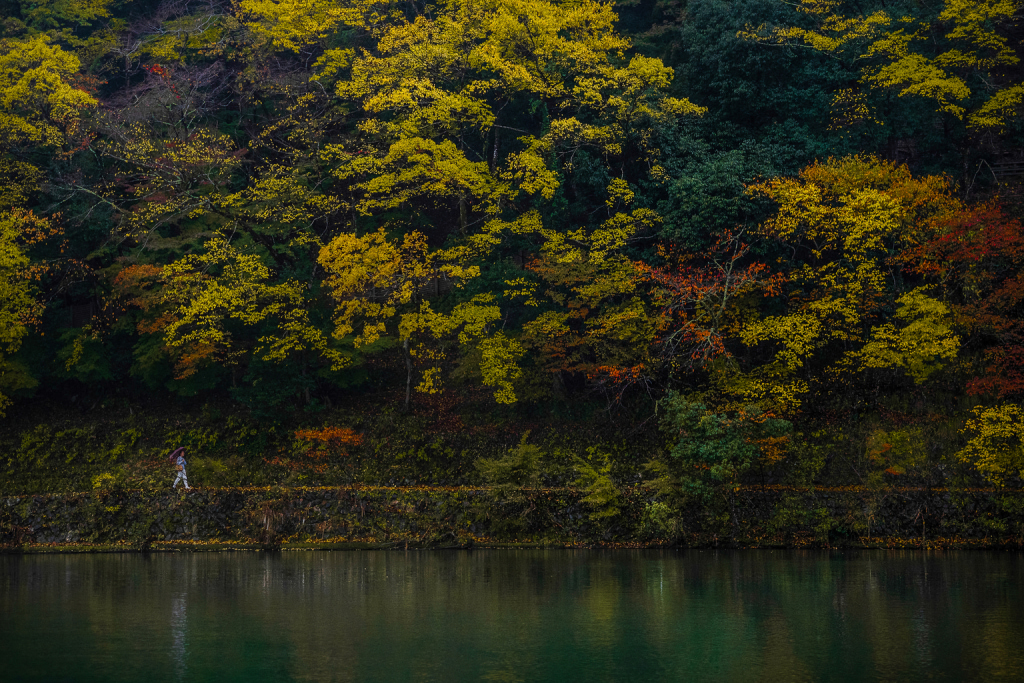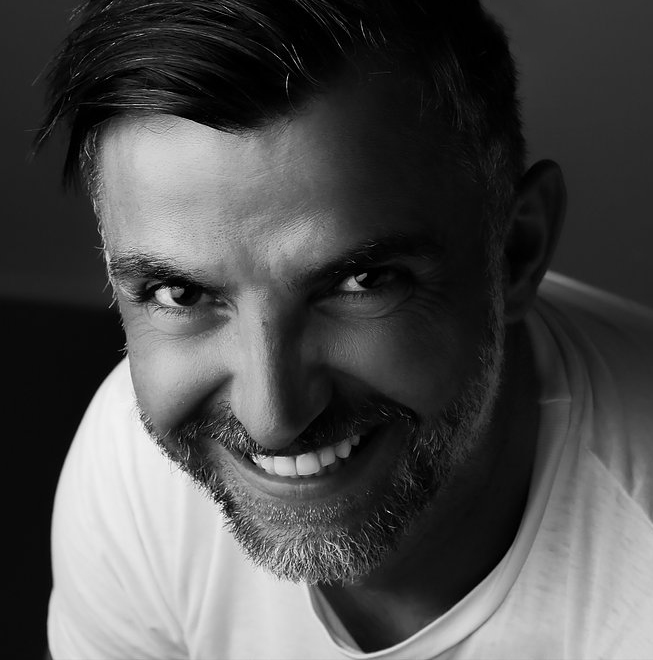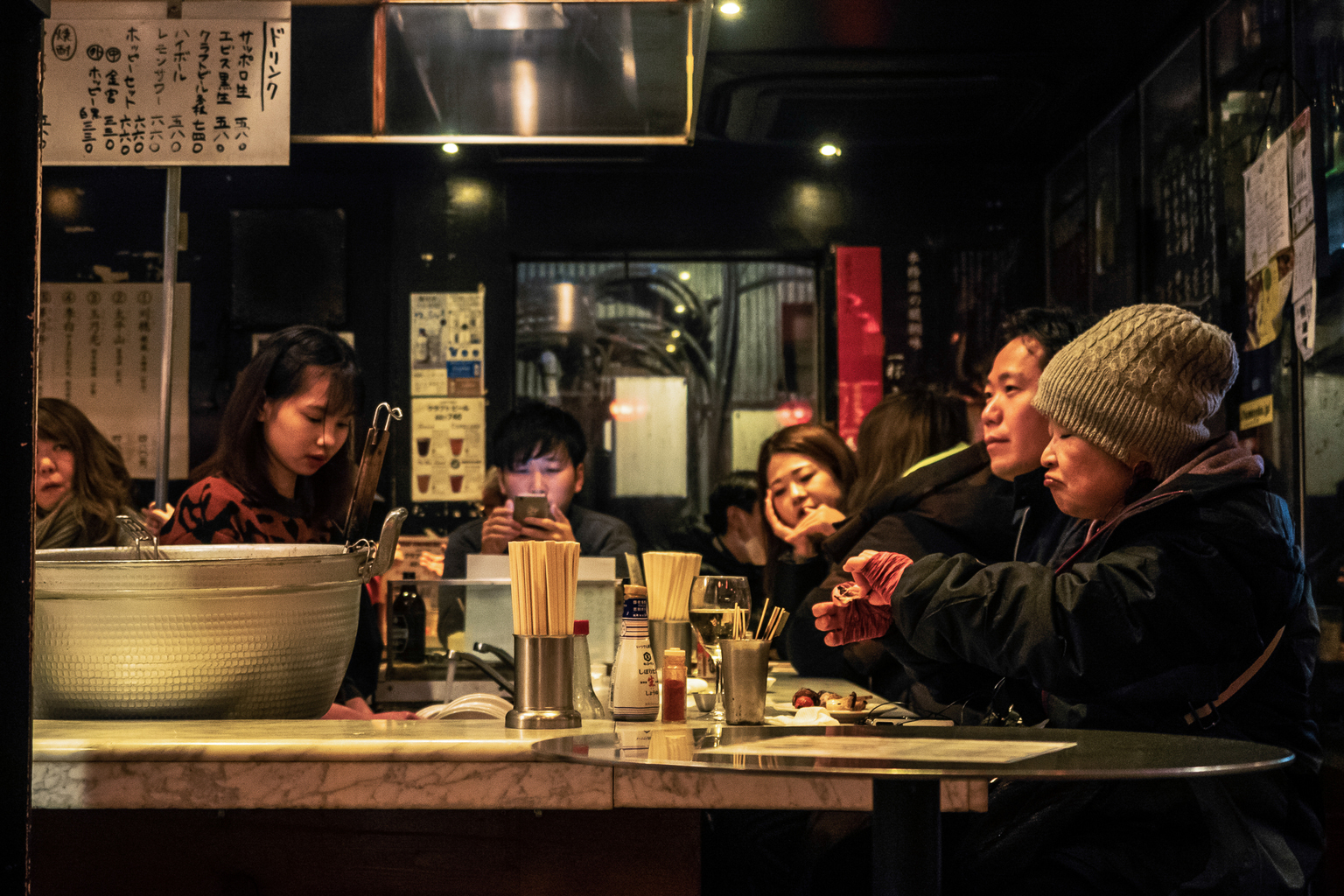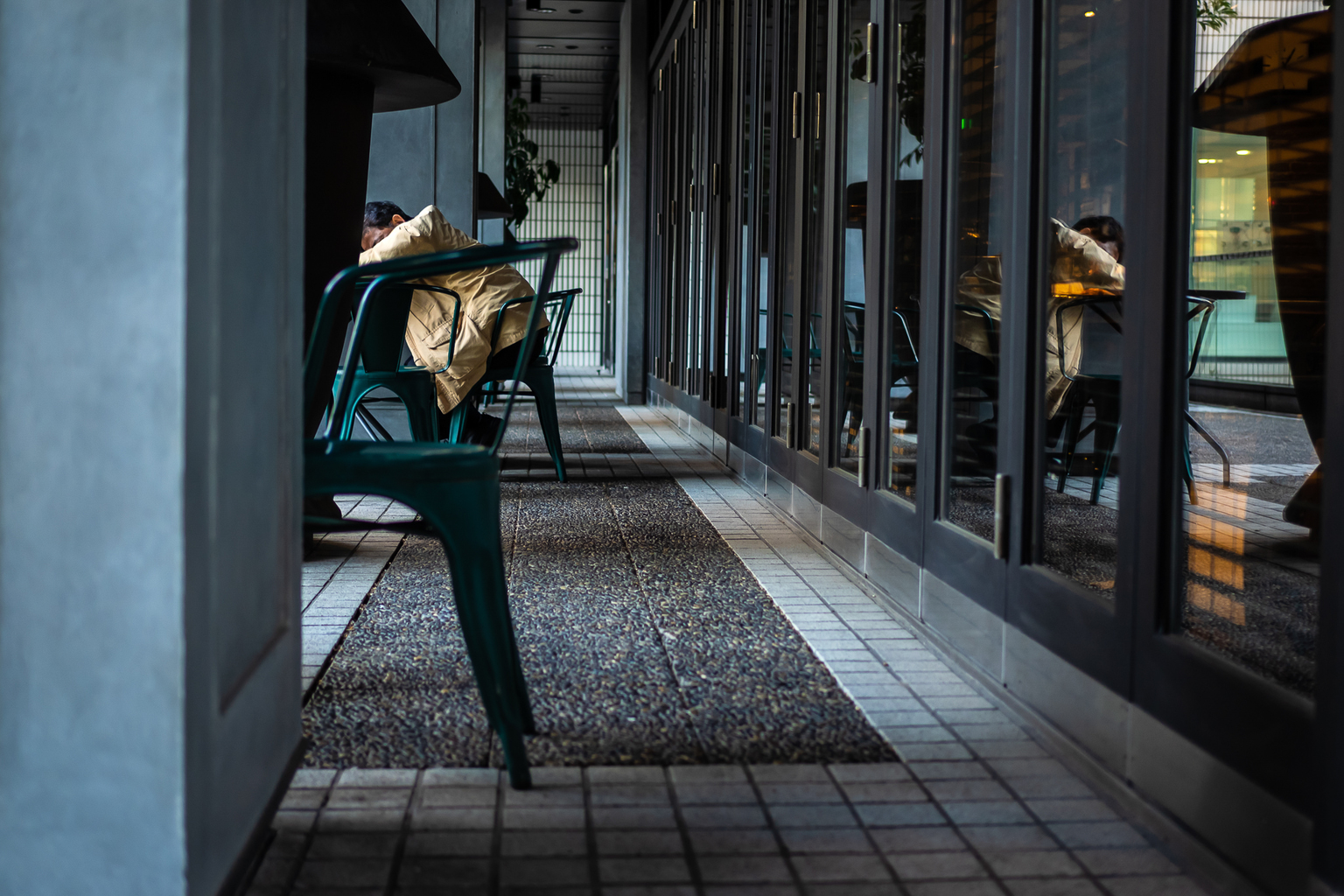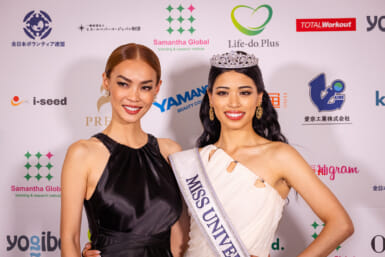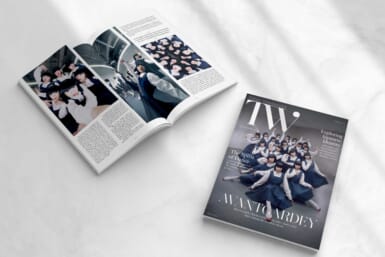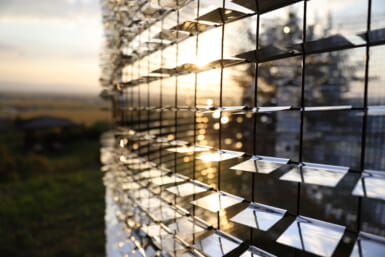Juan Carlos Ortiz Pozos was born in a remote mountain village in the Pyrenees but has lived in cities like Barcelona, Milan, Paris and Melbourne. He has called Tokyo home for close to four years now, where he has continued to develop JCO Portraitist, a lifelong endeavor encompassing all of his photographic pursuits.
From commercial shoots in the hospitality and fashion industry to artful projects involving film, Ortiz Pozos’ most recent work involves documenting Japan through his personal lens. We chat with Ortiz Pozos about what it means to be a portraitist, the movement towards digital photography and about Souls of Japan, his creative body of work that won the 2020 ‘Nyu-Sen’ prize at the 45th Exhibition of the Japan Professional Photographers Society.
1. When did you first pick up a camera, and what inspired you to do so?
I was first introduced to photography by my brother. I come from a big family and we used to share a bedroom which he turned into his own darkroom. Sometimes I would sneakily use his lamps and the chemicals to do my own printing but when I turned 12, I was finally given my own film camera.
The Val d’Aran where I grew up is quite remote, it’s nothing like a big city. But I’ve always been very curious about the world and I found myself drawn towards movies and film. I have fond memories of winter where I’d walk through deep snow for kilometers to get to the only cinema theatre in the area. Other times I’d be staying at home to watch late-night silent movies, like Fritz Lang films. I remember watching Metropolis and being blown away by how they captured the faces and the expressions they were able to portray without words. I also really liked the grainy black and white quality the shots had. These films I saw growing up became the first inspiration for my portrait work.
2. What makes a portraitist? Are there differences between a portraitist and a photographer?
The process of taking a portrait photo is different and that is what I enjoy. I always try to build a relationship with my subject. I make sure that we talk and get acquainted so that we’re both comfortable. But in that time, I’m also trying to observe them and their mannerisms. People are unique and I want to bring out those little characteristics that are often not obvious.
The first book I published I SEE YOU is a collection of portraits taken between 2000 and 2017 of the people I’ve seen and met throughout my travels in Europe and Australia. Every portrait showcases a different facet, whether that’s who they really are, the persona they put on in front of my camera, or perhaps something I saw that maybe even my subjects could not see for themselves.
One of my favorite portraits is one that I took of my mother. She’s a woman of the south and they tend to wear a lot of jewelry and makeup. But for this film shoot, I made her remove all of it and dressed her in a simple, white men’s shirt. Initially many people commented about the visible imperfections, like the lines on her face or the stains on her skin. This is the beauty of my mother; she’s had a rich and fulfilling life and this is reflected in her image.
3. Photography is now seen as a digital venture rather than analog. What do you think of the direction photography is taking?
Personally, I think digital photography combined with the popularity of social media platforms makes society go too fast. We not only obsessed with shooting as much as possible but with producing a shot that is visually perfect. You’ll hear a lot of digital photographers say things like ‘Oh we’ll fix it in post’ which is something you can’t do in film. You can make subtle tweaks but you can’t erase whole things or add things that weren’t there to begin with. I do digital photography as well because you need to have that skill set in today’s world. I have enjoyed learning this new process but I want to maintain my sense of authenticity and my philosophy of connecting with my subject and living in the moment as I take the shot.
My hope for the industry is for these different disciplines of film photography and digital photography to be more clearly defined. I think the skills employed in digital such as retouching and photo manipulation are amazing in their own right. One isn’t necessarily better than the other, but it’s not fair to compare the two as the approach, the techniques and the outcomes are all different.
4. Tell us a bit more about your background and your travels, how have they influenced your photographic style?
I come from the mountains and grew up in a very remote location during a time where there wasn’t anything like the internet. As a kid with artistic ambitions, it was quite a frustrating environment to be in and I really wanted to leave. But now as I look back, I realize how lucky I was to grow up in such a special, safe place where you could run wild with nature. My childhood was a little like the cartoon character Heidi, playing in the mountains.
After I moved to Barcelona, I became much more exposed to new friends, opportunities and the prospect of traveling all over Europe. I ended up taking some time off to visit countries like Italy, UK, France and Belgium and was absorbing all of these cultures and experiences like a sponge. During that time, I got to know some people who worked in fashion. That introduced me to a world of colors and textures and the high fashion aesthetic. I loved it and at the age of 30 decided to study for a Masters of Fashion Photography while in Italy. Alongside film and theatre, my work in fashion has definitely influenced the way I take my portraits.
5. Who are some of your favorite photographers?
That’s a tricky question as my answer changes a lot. Depending on where I am in life and what I’m interested in, I’ll always have a new favorite. When I was studying photography, I liked the work of Jan Saudek. He wasn’t very famous at that time but I admired how risky his style was as it incorporated lots of nudity. Not in a glamorous or erotic way, but in a very real, sometimes confronting sense. I also like Mario Testino for his simplicity, the way he uses light and the humanity he brings out in his portraits. Sarah Moon and Paolo Roversi are favorites of mine but for completely different reasons as their photos are much more elaborate. These days I’m doing more travel photography so I admire Michael Kenna’s work. He’s done some shoots in Japan that are taken in black and white and they are gorgeous.
6. What do you think makes Japan such a special place to photograph?
In my experience, every society has contrast but Japan is like contrast on steroids. One moment you could be walking through a chaotic, crazy city and the next you see a beautiful park that looks like it belongs in a village. The Japanese will wear their traditional kimono and yukata as part of their day-to-day life, but you can also go to Harajuku and see funky fashion. Food here can also be traditional and elegant when you dine out, but they also have a strong appreciation for Western-style desserts like at hotel sweets buffets. Modernity and tradition co-exist so well in Japan. It surprised me when I first moved here and it’s what I love most about the country.
7. Tell us about Souls of Japan. How did you come up with the idea?
When you’re a photographer or an artist, for better or worse, you express how you feel when creating art. My feeling when moving to Japan initially was one of loneliness. It was difficult to do portraits since I didn’t know anyone. The initial honeymoon phase of “Wow I live in Japan” faded and I was missing my community. Not speaking the language made me feel even more alienated. During this time I was just shooting scenes outside. I noticed people coming and going from work and saw that they too were exhibiting a sense of loneliness.
Souls of Japan became a reflection of what I saw and my feeling at that time. The more I took pictures of people, the more I saw the sadness but it reminded me that despite our differences, we’re all the same. We might not be able to communicate and we might look different but underneath the surface we are asking the same universal questions about life and the pursuit of happiness. The project is still evolving and I’ve started incorporating photos where there might not be any people but it’s still a specific scene that tells you ‘this is Japan.’ To me the soul of Japan isn’t just about individuals, but the collective spirit of this country. It comes from nature to the buildings and the mix of tradition and modernity.
8. What’s your favorite photo you’ve taken in Japan?
My favorite photos are always tied to an experience that I’ve had. I really like the one I took when we were in Kyoto on a day that was pouring with rain. We were in a boat at the time and I spotted a woman walking in a distance. She was surrounded by nature while carrying a pretty umbrella. I have another one from Hokkaido of three women playing in the snow. I love the innocence portrayed in it. There’s another one I took in Shimoda while we were on a walk. The floor was just plain concrete but from the drain you could see these beautiful pink flowers growing through it. Again we see contrast here and the two extremes of nature versus things that are manmade.
9. What’s next for JCO Portraitist?
Souls of Japan will continue of course, sometimes in the background as I work on other things and other times as my main focus. For the rest of my time in Japan, I plan to travel and experience more. I then want to capture those moments for the project. When I eventually leave Japan, I’ll go through all of my images from the beginning to see the ones I connect with the most. It would be great for it to have its own exhibition somewhere and to work with an editor to publish it as a book. Souls of Japan is one of my longest projects, but I believe it’s not something I can finish while my Japan adventure is ongoing. There is still so much to see and learn from every day, it wouldn’t do it justice to try and finish it while I am still in the experience.
10. What advice would you give to aspiring photographers?
My advice is to be truthful to who you are. People will always have an opinion on your art, they might even say it is technically wrong. But don’t be afraid to defend it as it is your truth and your expression. Make sure to always try new things, even if it’s just imitating the style of someone you admire. Your input and who you are will come through and make it uniquely yours.
Follow Ortiz Pozos on Instagram and check in with his latest projects via his website.

